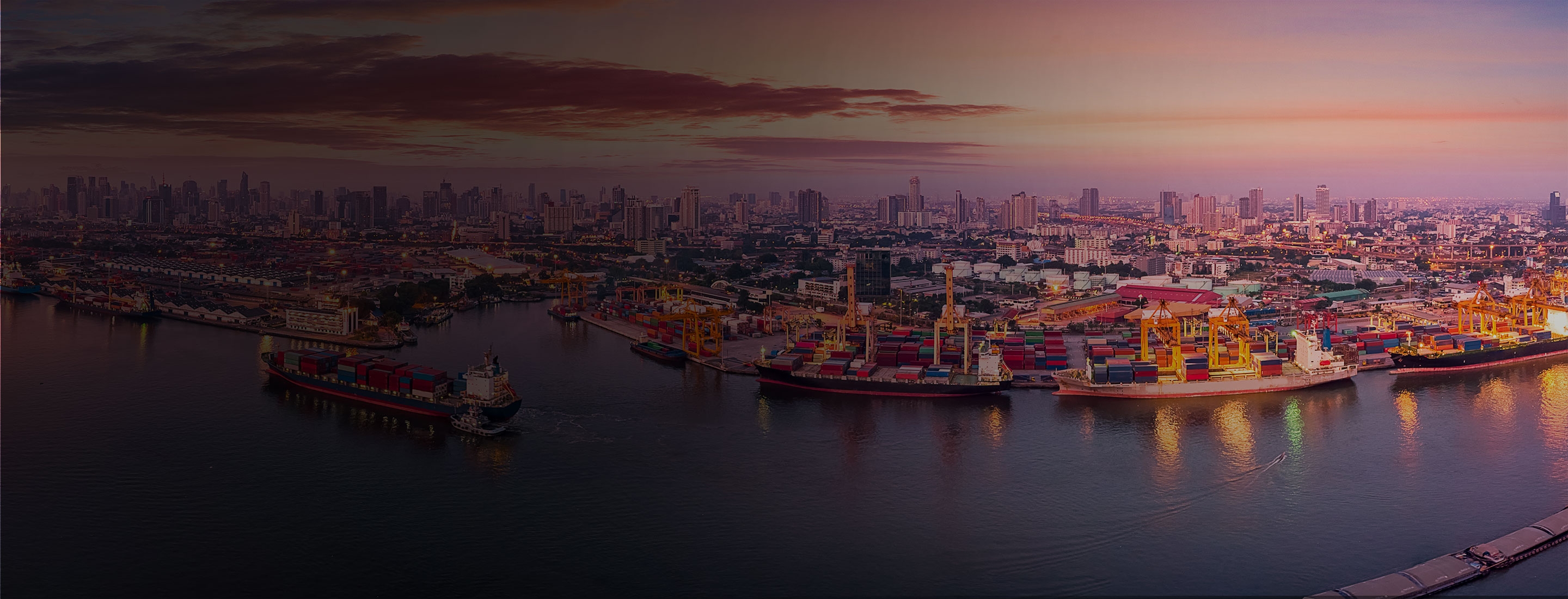
Article
Third-party vendor risk and compliance management solution
Vendor risk and compliance management: Identify and address the risks third-party partners may pose
Effective third-party risk and compliance management programs allow companies to protect their interests by identifying key risk exposures while maintaining innovation, market share, and profitability. Changing regulations and evolving technologies make it more challenging than ever to assess the risk profile of vendors, distributors, suppliers, and partners.
To protect your entire supply chain — from the procurement of raw materials to product development and delivery to the consumer — it’s critical to perform comprehensive due diligence (CDD) checks when onboarding new vendors and throughout the entire life of the contract.
Conducting due diligence during the vendor onboarding process can help identify risks that a new partner may pose. Ongoing research provides the detailed information companies need to determine whether or not to continue a business relationship. Doing business with a high-risk vendor can be extremely harmful to your bottom line and enforcement actions by international regulators are often costly.
The increasing complexity of global supply chains raises your exposure to risk
Global organizations can have hundreds or even thousands of third-party vendors and suppliers. As a result, supply chains are often intricate and fragmented. In addition, the interdependency of supply chains makes them extremely vulnerable to risks. A small incident can quickly affect the whole network.
As global supply chains become increasingly complex, organizations must find ways to gain transparency into their full vendor networks so they can effectively manage risks. At the same time, companies must identify suppliers that present the highest level of risk to business continuity.
Vendors and supply chain partners expose organizations to several different types of risks.
Reputational risk
In the age of the 24/7 news cycle and viral social media posts, companies need to keep track of potentially damaging business practices in their supply chains. Negative news travels fast, and false information can spread across the web in an instant. Risks that compromise a company’s reputation can emerge at any stage of the supply chain.
Regulatory risk
As governments and regulatory agencies around the world combat money laundering, corruption, bribery, terrorist financing, and other criminal activity, regulated businesses are required to implement effective CDD and know your vendor (KYV) processes. Non-compliance with ethical business practices and regulations — including the U.S. Foreign Corrupt Practices Act (FCPA) and UK Bribery Act (UKBA) — can lead to financial penalties and disruptions in the supply chain.
Financial risk
Financial risks extend beyond vendor onboarding. Companies need to identify and track any issue that could disrupt their supply chains during the life of the contract. Interruption of activity and breaks in the supply chain can negatively affect business revenue.
Sources of supply chain disruption
In recent years, most global companies have experienced disruptions to their supply chains. These sudden interruptions force procurement teams to scramble to identify alternate suppliers.
Supply chain risks range from natural disasters and raw material shortages to global trade wars, safety recalls, economic uncertainty, and more.
Top 9 supply chains risks include:
- Economic sanctions: import tariffs, export controls, attempts to illegally ship products through third-party companies
- Trade policy changes: uncertainty around trade negotiations
- Environmental regulations: production curbs to limit pollution, traffic control measures
- Threats of cyber attacks: data breaches, ransomware
- Protests and strikes: campaigns against economic and social injustice, climate change protests, unionized worker strikes
- Border delays: stricter border control policies
- Territorial disputes: clashes over trade routes
- Illicit drug smuggling: port security resulting in longer import delays
- Unpredictable events: the global COVID-19 pandemic
Third-party suppliers and vendors expose businesses to a wide range of risks. While some risks are unforeseeable or unavoidable, a comprehensive risk and compliance management program that includes ongoing adverse media screening can help evaluate risks, prevent fraud and corruption, and identify red flags before they become an issue.
Know your vendor: Managing third-party risk starts with knowing—and trusting—everyone in your supply chain network
To effectively identify and evaluate supply chain and other third-party risks, companies need access to comprehensive, reliable information about their suppliers and vendors. Risk management and fraud prevention professionals require tools that allow them to anticipate risks that could occur at any point in the extended global supply chain. However, relying on manual due diligence tools and consumer-oriented search engines is costly and time-consuming.
Companies need automated solutions that conduct identity verification and flag vendors for further investigation. Proactive risk intelligence tools can help organizations reduce exposure to corruption and fraud, ensure regulatory compliance with minimal disruption to the supply chain, mitigate reputational and regulatory risks, and maintain control over their supply chain partners.
Mitigate risks and prevent fraud with adverse media screening technology
Managing extended vendor networks requires a solution that transforms large sets of disparate data into actionable intelligence. Adverse media screening technology powered by artificial intelligence (AI) and machine learning (ML) can help companies proactively prevent fraud and address risks before they threaten the business.
Digital activity across the web — from supplier acquisition reports in industry publications to customer complaints posted on social media — can pose potential risks. Intelligent screening technology allows companies to:
- Gain in-depth knowledge of suppliers and safeguard against any operational and reputational risks or sanctions.
- Develop a deep understanding of suppliers with ongoing adverse media searches of news and internet sources, corporate registration data, and litigation and regulatory databases.
- Detect and address critical risks in real time by tracking a wide range of local, national, and international sources, including news media, trade journals, legal publications, and content that may not be available on public websites.
- Easily understand relationships between parent and subsidiary companies, determine the level of risk associated with a person or business, and flag vendors for further investigation.
- Spot negative mentions about a vendor on social media platforms and assess potential negative affiliations with people and businesses.
Thomson Reuters introduces a one-stop investigative platform for vendor risk and compliance management, powered by AI technology
Easily access all the due diligence information you need with Thomson Reuters® CLEAR Adverse Media.
CLEAR Adverse Media uses advances in artificial intelligence and machine learning technology to:
- Access transparent data from millions of global sources with real-time updates
- Provide a relevancy scoring for each source
- Highlight negative terms for quick scanning
- Remove same or similar stories from the search results
- Provide full text documents with links to underlying sources
- Conduct large reviews with batch-search capabilities and provide alerts for new information
- Enable teams to collaborate and analyze information in real time
Along with a dashboard that supports multiple investigations, the tool’s API connection integrates data into your existing systems. It also includes built-in reporting capabilities that allow you to access and organize data in any number of ways.
CLEAR Adverse Media provides a complete, one-stop solution that can uncover even the hardest-to-find information about your vendors and suppliers. At a time when comprehensive due diligence is more important than ever, this powerful tool can help your organization avoid costly disruptions to your supply chain, maintain strict regulatory compliance, and reduce the risks your third-party partners may pose.
Thomson Reuters is not a consumer reporting agency and none of its services or the data contained therein constitute a “consumer report” as such term is defined in the Federal Fair Credit Reporting Act (FCRA), 15 U.S.C. sec. 1681 et seq. The data provided to you may not be used as a factor in consumer debt collection decisioning, establishing a consumer’s eligibility for credit, insurance, employment, government benefits, or housing, or for any other purpose authorized under the FCRA. By accessing one of our services, you agree not to use the service or data for any purpose authorized under the FCRA or in relation to taking an adverse action relating to a consumer application.

Online investigation software
Mitigate supply chain risk quickly and easily
Managing supply chain risk starts with knowing who your vendors are. If you aren’t continually conducting thorough due diligence, you’re leaving your organization at risk.